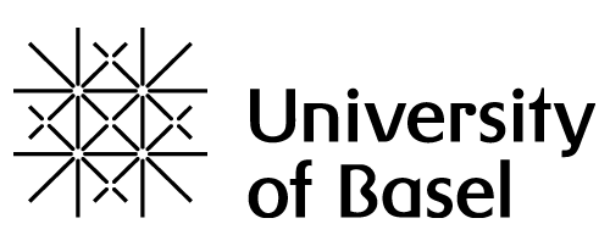Using the principle of coherent feedback to cool a quantum system

(Phys.org) Control loops are useful in the quantum world when it comes to bringing a system into a desired state. For example, it’s often necessary to work at very low temperatures—close to absolute zero—in order to observe the sensitive effects of the quantum world and to apply these effects to new technological applications. Classical feedback requires a measurement to be taken within a control loop and only works to a limited extent in the world of quanta, which differs from the macroscopic world we’re familiar with in many respects.
The reason for these limitations is that in quantum systems, the very act of taking a measurement causes a change in the system and therefore leads to uncontrolled backaction. With this in mind, researchers led by Professor Philipp Treutlein from the Department of Physics and the Swiss Nanoscience Institute of the University of Basel have used the principle of coherent feedback to cool a quantum system for the first time.
the researchers used atoms as a quantum mechanical control system to control the temperature of a macroscopic but very thin vibrating membrane. This process first involves aligning the intrinsic angular momentum (spin) of the atoms in a well-defined direction, which corresponds to a very cold state close to absolute zero. In contrast, the high temperature of the membrane causes it to vibrate strongly. Quantum mechanical interaction allows the atoms and membrane to swap states, causing the membrane to become cold as its energy is transferred to the atoms.
The researchers successfully used this coherent feedback mechanism to reduce the temperature of the oscillating membrane from room temperature to 200 millikelvins (-272.95°C)—that is, a temperature close to absolute zero—within a fraction of a millisecond.
The researchers in Basel are studying phenomena like these at quantum interfaces between atoms and solid-state systems, because hybrid systems of this kind will play an important role in the quantum technology of the future. Potential applications include new types of sensors and quantum networks.
“We’re confident that our study will give rise to further practical investigations of coherent feedback in quantum systems,” says Treutlein.



















